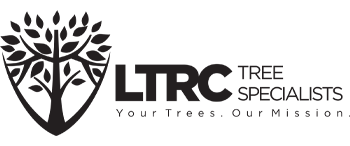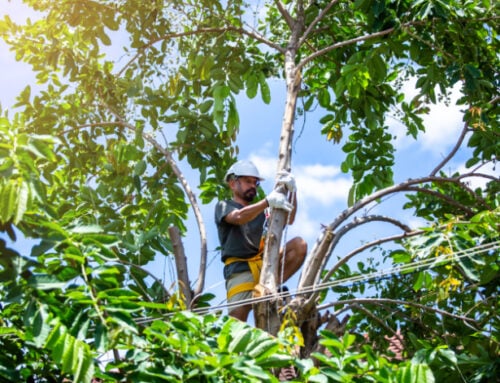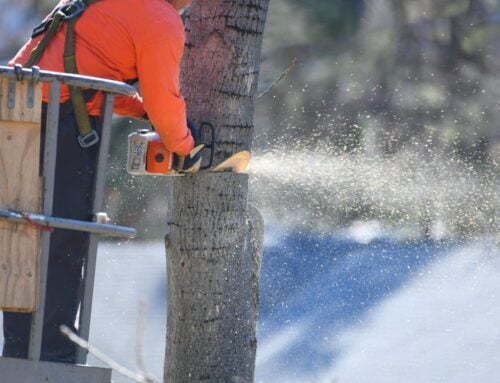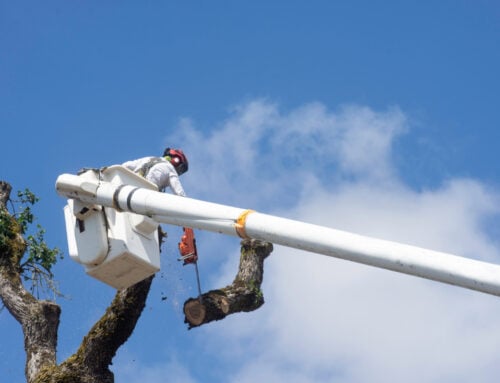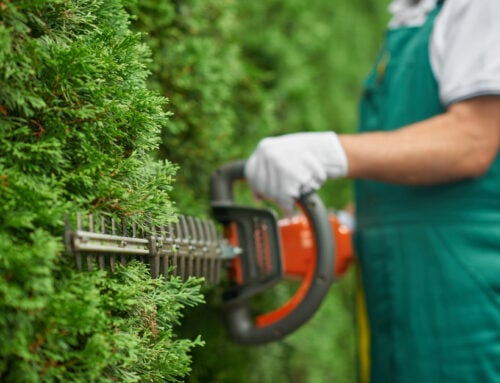Most people don’t think about the process of tree removal until they have a tree that needs to be removed. Then they may only think about how much it will cost. What many people don’t realize is that not all trees are removed in the same way. The type of tree, the size of the tree, and where the tree is located all play a role in how the tree will be removed.
Different Trees Have Different Removal Requirements
Trees come in all shapes and sizes, and as a result, they require different removal methods. The first step in any tree removal process is to assess the tree. A certified arborist will be able to look at a tree and determine what type of removal method is best.
The Size of the Tree Determines the Removal Process
The size of the tree also determines the removal process. Smaller trees can usually be removed in one piece. Larger trees, on the other hand, may need to be cut down in sections. The main trunk of the tree will be cut first and then each branch will be cut individually.
The Location of the Tree Also Affects Removal
Another factor that affects removal is the location of the tree. If a tree is located near power lines or buildings, it may need to be removed differently than a tree that is not located near any structures. This is because there is a greater risk of damage to property if something goes wrong during removal.
Trees Near Power Lines or Buildings May Need to Be Removed Differently
Trees located near power lines or buildings usually need to be removed by a crane. The crane lifts the tree trunk and branches away from the power lines or buildings and then lowers them to the ground. This type of removal is more expensive than other methods but it minimizes damage to property.
Some Trees May Need To Be Cut Down In Sections
If a tree is too large to be removed in one piece, it will need to be cut down in sections. The main trunk of the tree will be cut first and then each branch will be cut individually. This type of removal takes longer than removing a small tree but it ensures that large trees can be removed safely without damaging property.
Stump Grinding Is Usually Required After Tree Removal
After a tree has been removed, stump grinding is usually required. Stump grinding removes the remaining roots and stump so that new vegetation can grow in its place. It also makes it easier to mow over an area where a tree has been removed.
Hiring a Professional Tree Removal Company Is Often the Best Option
While tree removal can be done by anyone with a chainsaw, it’s usually best to hire a professional tree company for most trees, especially larger trees. These companies have the experience and equipment required to remove any tree safely and efficiently. Whether you need removal for one tree or a large area, working with a professional tree company is the best option.
LTRC Tree Specialists
Looking for tree removal services? Look no further than LTRC Tree Specialists. We offer a variety of tree services to meet your needs, including removing small trees, removing trees in sections, and stump grinding. We also offer a variety of other tree services, including tree trimming, tree planting, and tree maintenance. Contact us today to learn more about our tree services or to schedule a consultation.
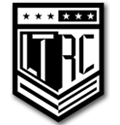
Contact Us For A Free Estimate!
